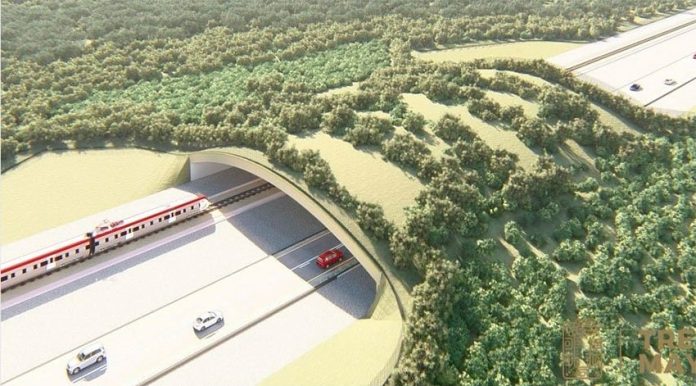Federal tourism officials are looking into relocating more than 250 Mayan communities that are located near the 15 stations on the Maya Train line, according to a document obtained by the newspaper Milenio.
The 28-page document outlines a plan by the National Tourism Promotion Fund (Fonatur) to move the communities into 15 “prefabricated villages” around the stations, which would be home to as many as 50,000 people each.
The project would include the construction of housing, businesses and parks for the new communities, which would generate income by providing services to visitors, who could number as many as three million per year.
The document includes a graphic of a prototype for a planned community around the Maya Train station in Palenque, Chiapas, which would be the first station to be built. The plan includes an inner ring centered around the train station and the municipal palace, which includes businesses and a bus terminal. Farther away are parks, houses, duplexes and apartments.
Fonatur director Rogelio Jiménez Pons had previously estimated that the Maya Train will trigger investment of 150 billion pesos (US $7.9 billion) in commercial and residential real estate investment around the 15 stations.
Those stations are located in the states of Quintana Roo, Yucatán, Campeche, Chiapas and Tabasco.
Other details revealed by Fonatur include the construction of wildlife bridges to protect fauna on the 1,400-kilometer route and that the train will travel at a maximum speed of 145 km/h when carrying passengers, and 125 km/h when carrying freight.
Jiménez said today that indigenous communities will be consulted about the train in three months’ time at the latest. He told a press conference that consultation will begin once basic engineering and environmental impact studies have been completed.
The total cost of the project, which will be split between government and private investment, could be as high as 150 billion pesos.
